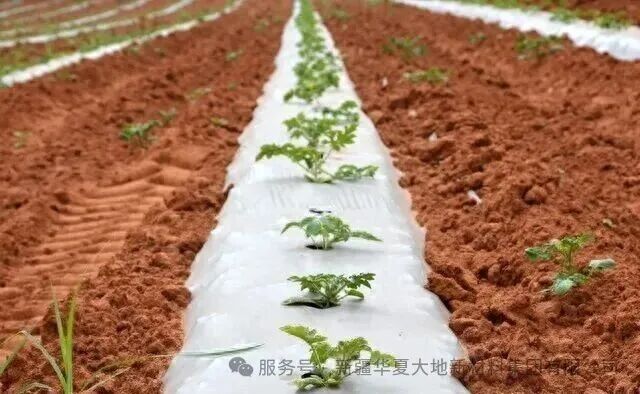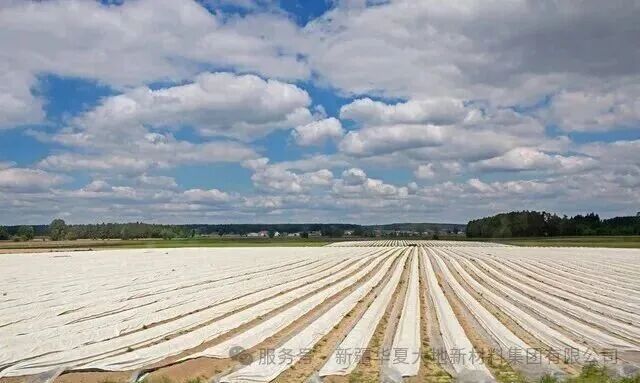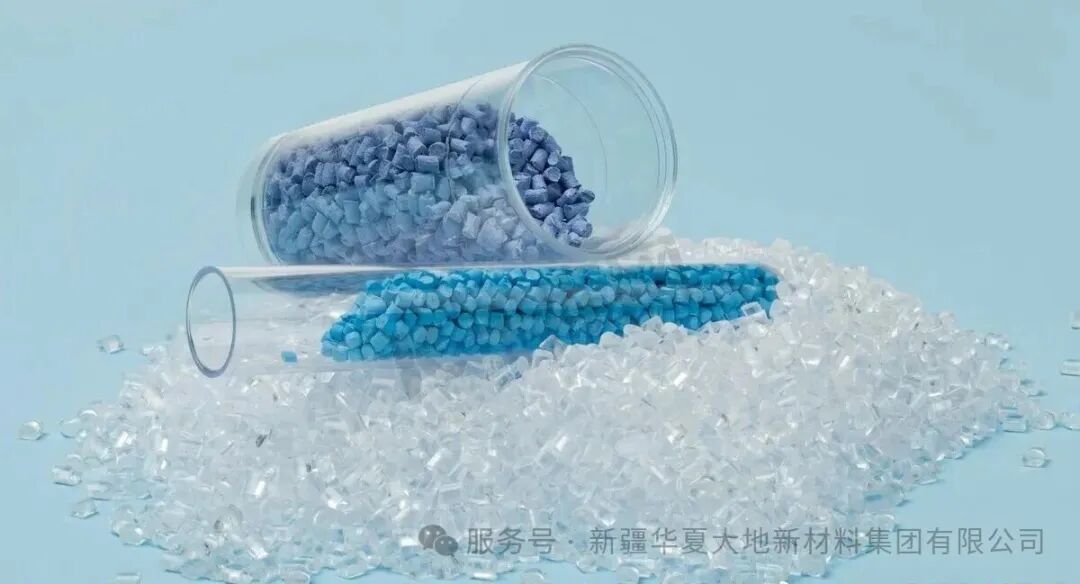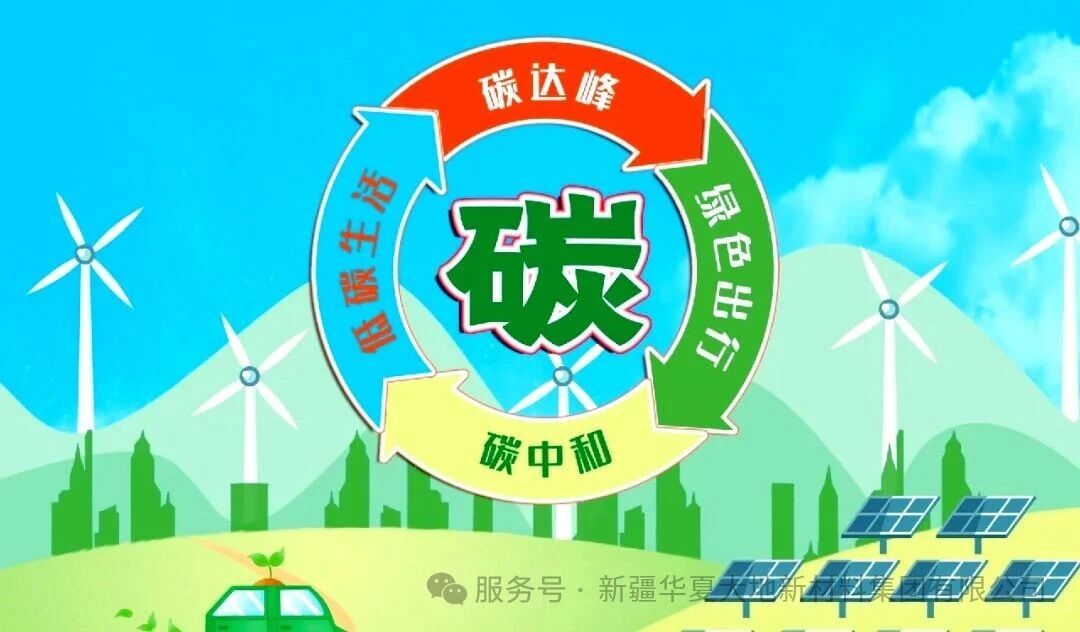Question: What is a fully biodegradable plastic film?
Answer: Fully biodegradable plastic film is a film mainly composed of biodegradable materials, used for covering the soil surface during crop cultivation and having biodegradable properties. Under natural conditions (such as soil, sandy soil, etc.) or under specific conditions (such as composting, anaerobic digestion, water-based culture medium, etc.), it can be degraded by microorganisms in nature and eventually completely degrade into carbon dioxide (CO2) or methane (CH4), water (H2O), and the mineralized inorganic salts of its components as well as new biomass.
Question 2: What should be noted when purchasing fully biodegradable plastic film?
Answer: Products that comply with the requirements of "Comprehensive Biodegradable Agricultural Ground Cover Film" (GB/T 35795-2017) should be purchased.
1. Appearance: There should be no defects such as bubbles, spots, folds, impurities or pinholes that affect the functionality. The number of such defects not affecting the functionality should not exceed 20 per 100 square centimeters.
2. Marking: Each roll of fully biodegradable film should be accompanied by a product certificate, which should include: product name, category (including vapor permeability category, effective service life), width, thickness, reference length, net weight, production date, manufacturer name, manufacturer address, standard for implementation, inspector's seal, etc.
3. Transportation: During transportation and loading/unloading, sharp tools such as iron hooks must not be used, and items should not be thrown. During transportation, items must not be exposed to the sun or rain, and they must not be mixed with sand, broken metals, coal, glass, etc. They must not be mixed with toxic, corrosive or flammable substances.
4. Storage: The product should be stored in a clean, dry and cool warehouse. It should be stacked neatly and must not be exposed to direct sunlight. The storage period of the product from the date of production is 8 months.

Question 3: How can one easily distinguish the authenticity of fully biodegradable plastic films?
Answer: Smell. The fully biodegradable film has an aromatic smell. Touch. The fully biodegradable film feels rough to the touch, while the ordinary film feels smooth. Test water. When the fully biodegradable film ball is placed in water, it will sink, but the ordinary film will not.
Question 4: How are the product performance of the fully biodegradable plastic film?
Answer: In terms of mechanical properties, the fully biodegradable film can meet the requirements for mechanized film application. Its warming and moisture retention performance is slightly lower than that of ordinary polyethylene film, but it can still meet the basic growth needs of crops. In terms of degradation performance, tests show that the biodegradation rate of the fully biodegradable film is 35% to 40% within 45 days and 80% to 90% within 180 days, which can meet the requirements for rapid degradation.
Question 5: How to calculate the effective service life of fully biodegradable plastic films?
Answer: The effective service life of fully biodegradable plastic film is the total number of days from the start of the film application operation to the point when it affects the insulation and moisture retention functions. The effective service life of fully biodegradable plastic film is related to its own material, as well as the climate, sunshine duration, soil characteristics, altitude, crop variety, and operation method in the usage area. Different climate zones and different crops have different requirements for the coverage time of the film. According to the length of the effective service life of the product during coverage, the fully biodegradable agricultural ground covering film (GB/T 35795—2017) divides the fully biodegradable plastic film into 4 categories: I, II, III, and IV, with effective service lives of less than 60 days, 60 to 90 days, 90 to 120 days, and more than 120 days respectively.
Question 6: How to observe the degradation performance and degree of degradation of fully biodegradable plastic films?
Answer: Starting from the application of the film, observe the changes on the film surface at certain intervals over time (whether there are cracks, fissures, the degree of fragmentation, record the number of cracks, fissures and the number of broken pieces), take photos with a digital camera, and collect samples of the film and place them in plastic bags for evaluation of the physical and mechanical properties of the film and determination of its degradation degree.
Induction period: This refers to the time from when the film is applied until multiple (more than 3 per meter of length) natural cracks or holes (with a diameter of no more than 2 centimeters) appear on the ridge (furrow) surface of the film.
Cracking period: This refers to the time when natural cracks or holes (with a diameter of no more than 20 centimeters and no less than 2 centimeters) appear on the mulch film covering the ridge (furrow) surface.
The "major cracking period": refers to the time when natural cracks larger than 20 centimeters appear on the mulch film covering the ridge (furrow) surface.
Fragmentation period: The flexibility of the plastic film completely disappears, and the plastic film on the ridge (furrow) surface begins to crack. The time when the maximum area of the remaining plastic film is less than or equal to 16 square centimeters.
Film-free period: The period when no residual film pieces of the mulch film can be observed on the ridge (furrow) surface.

Question 7: How is the field application of fully biodegradable plastic film carried out?
Answer: The suitable crops are potatoes, peanuts, garlic, tobacco, etc., which are economically valuable crops. The operation steps for field application of fully biodegradable plastic film include land preparation and ridge formation, laying of the plastic film, perforation of the film, irrigation, fertilization, weed control, and post-treatment. It is advisable to choose a plot with convenient drainage and irrigation, sufficient water sources, and loose soil structure. Based on the soil moisture condition at the time of sowing, appropriate deep plowing and land preparation should be carried out. The required land depth should be 25-30 centimeters. The soil should be finely prepared. Use the same laying machine as the conventional polyethylene plastic film. During laying, avoid longitudinal tension and adjust the laying speed according to the soil conditions. According to the planting needs, micro-perforations or large-perforations can be made on the film. Generally, the perforation should be carried out after the film has been laid in the soil.
The moisture evaporation and penetration property of the fully biodegradable film is higher than that of the ordinary PE film. In arid areas, the frequency and amount of irrigation can be appropriately increased. At the same time, it is necessary to avoid prolonged water retention on the film to prevent premature degradation of the film. If organic fertilizers need to be applied, they should be applied to the soil at least 15 days before laying the film and mixed thoroughly with the soil to avoid direct contact of the film with the organic fertilizers. The fertilizer management, topdressing and other operations for this film are the same as those for the ordinary polyethylene film. After the planting is completed, it is necessary to ensure that the fully biodegradable film is integrated into the soil and remains in a buried state to facilitate degradation.

Question 8: How applicable are fully biodegradable plastic films in different crops and regions?
Answer: The fully biodegradable film is similar to the ordinary polyethylene film in terms of its ability to provide insulation and moisture retention. It is also comparable to the ordinary polyethylene film in terms of its effects on soil properties and promoting crop growth. In arid regions, using the fully biodegradable film for covering combined with drip irrigation can effectively improve the water utilization rate of crops. Additionally, the fully biodegradable film is no less effective than the polyethylene film in inhibiting weed growth and pest infestation. However, the performance of the fully biodegradable film varies among different crops, and it can be moderately substituted for some crops.
Based on the results of the experimental studies, the fully biodegradable plastic film has performed well on some crops and has good economic benefits, making it suitable for large-scale demonstration and promotion. For example, the yield and commercial rate of potatoes grown with fully biodegradable plastic film are higher than those grown with PE plastic film. The increase in yield for some fully biodegradable plastic films reaches 16%. In tobacco cultivation, the yield difference between fully biodegradable plastic film and ordinary PE plastic film is not significant. The average functional period is close to the safe coverage period for tobacco development, meeting the needs of tobacco cultivation for plastic film coverage periods. In vegetables, it can basically meet the needs for heat preservation, moisture retention and yield increase, with no significant difference in yield compared to ordinary polyethylene plastic film.








